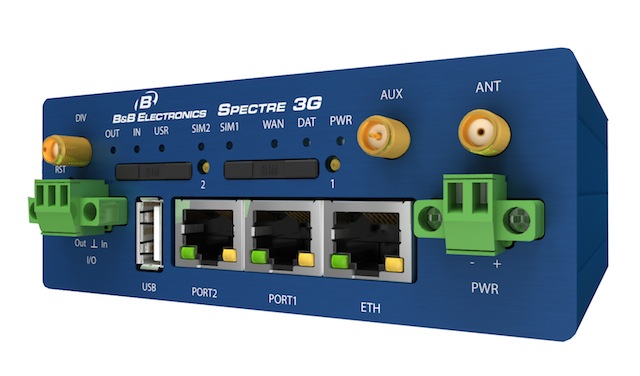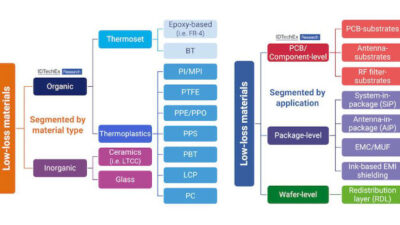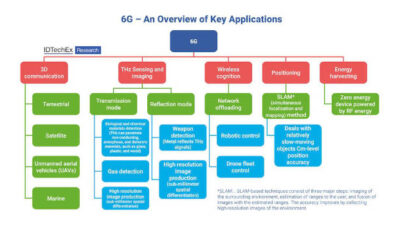Network Integration - Wireless products: The rugged Spectre 3G cellular router wirelessly connects M2M equipment via the cellular telephone network where wired connections are impractical, wirelessly extending local M2M networks connected via Ethernet 10/100, RS232, RS422, RS485, or I/O connections. This is a Control Engineering 2013 Engineers' Choice Award winner.

The rugged Spectre 3G cellular router wirelessly connects M2M equipment over the cellular telephone network where wired connections are impractical. Built for plug-and-play simplicity with customization options, the router wirelessly extends local M2M networks that are connected via Ethernet 10/100, RS232, RS422, RS485, or I/O connections. Users manage configuration options through an easy-to-use Web interface or a powerful scripting engine.
A rugged metal casing with a wide operating range (-30 C to 60 C), DIN-Rail mounts, and automatic firmware updates that allow mass reconfiguration of routers make the router appropriate for M2M connectivity in harsh, remote environments. Applications include: traffic and security camera systems, ATMs, gaming systems, remote monitoring, industrial automation, renewable energy and oil/gas/water distribution networks.
The Spectre 3G is modular for easier standardization, deployment and management of fleets of devices. Its standard configuration includes one 10/100 Ethernet port, one USB host port, one binary input/output (I/O) port and dual SIM card holders. The unit’s second SIM card holder provides network redundancy, as the router can automatically switch between GSM service providers or plans, if one connection fails. Expansion options include additional Ethernet ports (up to three total), Serial ports (2) or additional I/O ports.
A password-protected Web interface allows users to configure and manage the unit from remote locations, and view detailed statistics about the router’s status and activities. Users can set the router to automatically upgrade its configuration and firmware from the operator’s central server, allowing for simultaneous mass reconfiguration of every router on the network. The scripting engine lets the router make decisions based on user-identified conditions, which users insert using a start-up script window. Examples include SMS and binary input configuration or automatic switchover from a failing primary connection to a backup connection over another network.
www.bb-elec.com
www.bb-elec.com/product_multi_family.asp?MultiFamilyId=178
B&B Electronics Inc.



